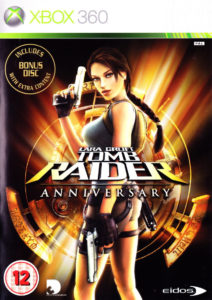Male gaze – refers to the way in which women are typically presented in media often through the eyes of the straight male.
Voyeurism – specifies a conduct of someone who is engrossed in prying on the personal affairs and lifestyles of other individuals.
Patriarchy – male dominated society.
Positive stereotypes – subjectively favourable belief held about a social group.
Negative stereotypes – subjectively unfavourable belief held about a social group.
Counter-types – a representation that highlights the positive features of a person or group.
Misrepresentation – to represent something incorrectly or improperly often due to a sense of prejudice.
Selective representation – to only show/represent part of an event, ideology, topic, individual where the representation is often chosen based on importance, proximity to home and viewer preference.
Dominant ideology – values, beliefs and morals shared by the social majority, which frames how most of the population act.
Constructed reality – selection of events or issues to be covered and also the the decision making of how they are defined and interpreted – when media reality begins to impose itself onto real life.
Hegemony – the dominance of certain aspects of life and thought by the penetration of a dominant culture and its values into social life – a crucial shaper of culture, values and society.
Audience positioning – relationships between the audience and the text, how an audience receives, reads and responds to a text.
Fluidity of identity – an identity that has the potential to be changed and shaped frequently in many directions.
This is often due to different representations of men and women in media and as a result people find themselves adapting and changing their identity’s in order to reciprocate said representations they are exposed to.
Constructed identity – an identity that has been built upon experiences, relationships and connections. A persons identity will differ depending on:
- where they’ve been brought up
- how they have been brought up
- who they have been brought up with
- their financial state and/or social class
- a persons faith
- life experience
The list if different influences is endless and each factor can also be affected by one another.
Negotiated identity – the process of which people reach an agreement of their identity and well as their relationships with other people’s identities – once the agreement is established, people are expected to remain faithful to their identity.
This establishes what people can expect from one another and therefore reinforces the inter-relations that holds relationships together.
Collective identity – cognitive and affective attained from belonging to certain groups (ethnic, gender, class, sexual orientation ect…) creating a sense of belonging to that group for the individual.
It seems that if someone begins to reciprocate certain practices of a group, such as they way they dress, their mannerisms etc, they will become part of that persons own individual identity and will develop a sense of belonging within that group. This can sometimes take over other aspects of a persons individual identity.



